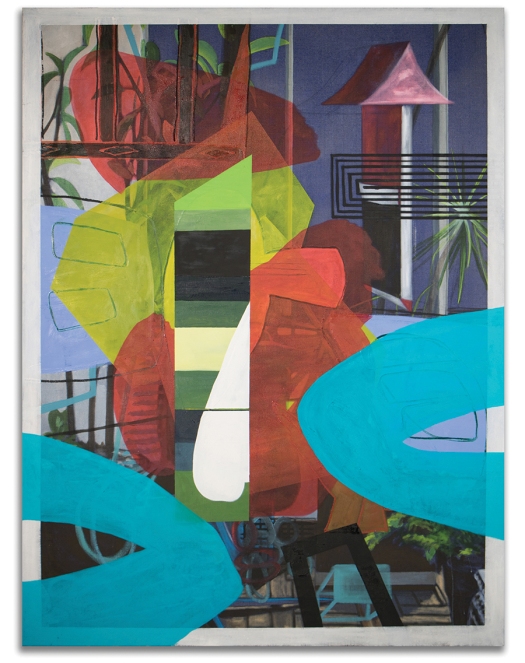
Von Zimmer, oil on linen, 2013-2016, 137x182cm
The making of a painting that serves to represent a given object requires that the artist observes––that is to say, measures, and rationalises––a multiplicity of variables. This object is repositioned as a proxy for––as an image of––the original object. This new object (reconceptualised as an image that conveys an idea, a representation, a ‘sign,’ of the original object as it was observed in a specific time and space), one that is entombed in the material of paint, incorporates the minutiae of the subject’s perceptions, initially those of the maker … and, then, eventually, the viewer for whom the painting is always destined.
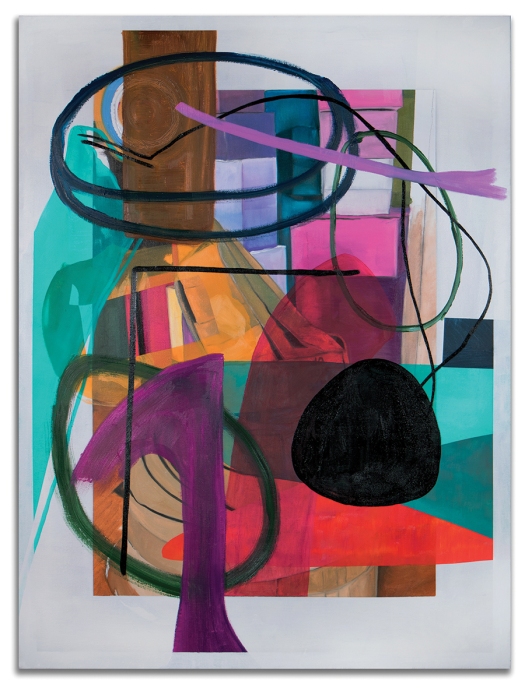
Untitled, oil on linen, 2017, 137x182cm
Viewers reconstitute the object anew with each viewing, bringing to bear their biographies, with the multiplicity of variables that this inevitably entails. This transaction has always been of interest to me and my practice as a painter. The process of painting offers me many occasions on which to unravel and think about the myriad of relations generated by the observer, and the object observed. Painting surprises, shifting the object to ‘thing’ in its depiction of that object–– from an identifiable entity having form and function in space and time to a two-dimensional mass of colour, line, and shape.
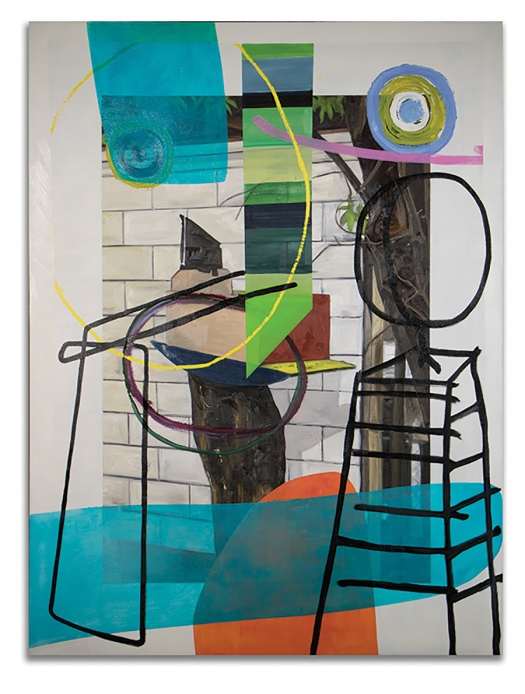 Untitled (Garden Object), oil on linen, 2017, 137x182cm
Untitled (Garden Object), oil on linen, 2017, 137x182cm
In The Road, a novel by Cormack McCarthy, which takes place in a post-apocalyptic world, in which civilisation as we know it has disappeared, a series of instances arise in which the description of things no longer in existence becomes an impossibility. The protagonist attempts to recreate these objects through analogy and association. More accurately, he underlines how the loss of things results in the loss of the language that names the thing, for there is nothing left to“name.”
The protagonists in the novel are coming to terms with the loss of the world as they knew, and, with this, the loss of the “objects” that had once inhabited it. I see this as a wonderful metaphor for the process of painting and the outcome of painting. This complex, in which the deterioration of the memory of named “things,” and the subjective (hence biased) construction of new ways to identify and describe things, mimics the way that painting does not record the object it represents. Painting gives the viewer an entirely new and different “thing” that has little or norelation to the original perceived object, now entirely absent.
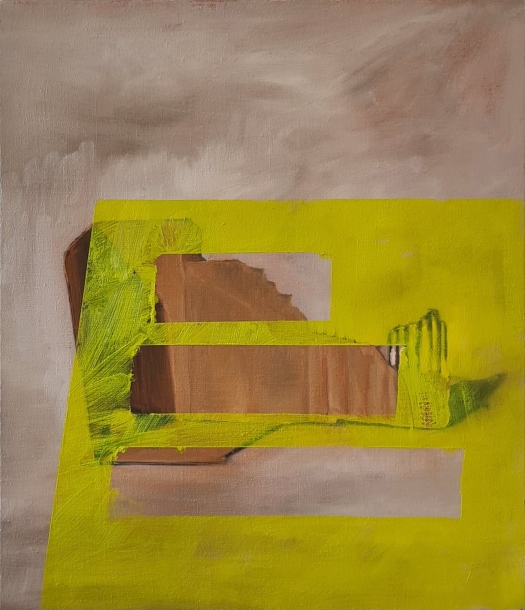
Untitled object study #3, oil on linen, 2015-16, 43×36.5cm
In these collected paintings “on” and about “things,” exhibited as Time Steals Some Things, But Gives Us Back Others, “objects” become “things,” occupying some sort of unidentified and unknown space. The paintings flirt with re-presentation while announcing the impossible position of the 21st century painter. Painting becomes self-referential, the loop again is opened and the strategy that is played out is intangible and hermetic.
Michael Greaves (October 2021)
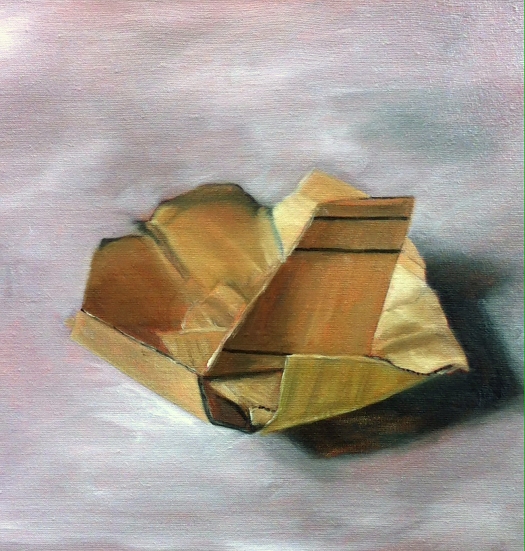
RAFT, oil on linen, 2014, 36x35cm
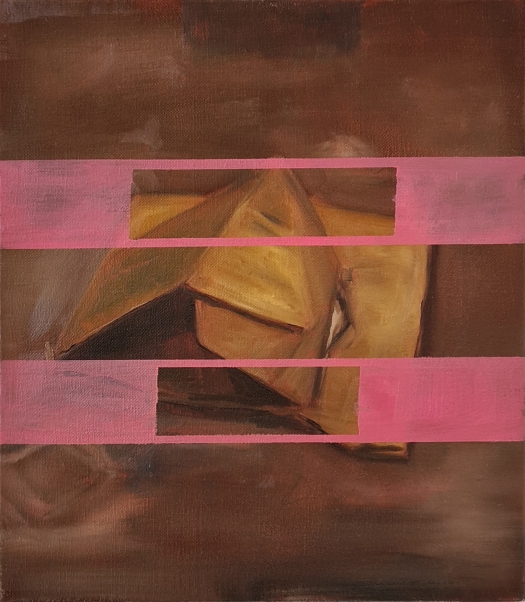
Untitled object study #1, oil on linen, 2015-16, 42×36.5cm
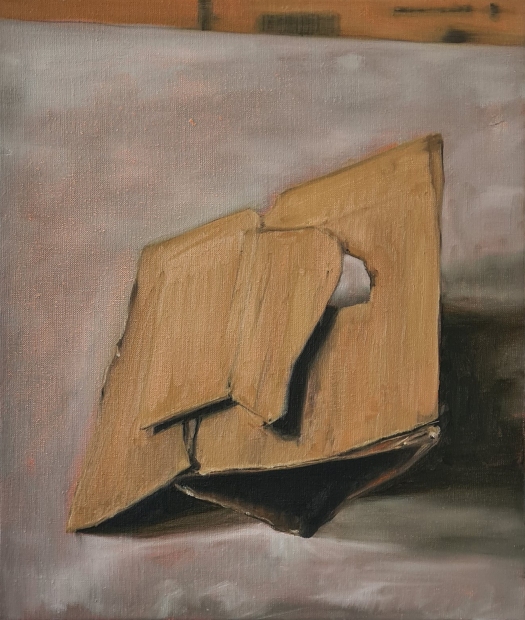
Object, oil on linen, 2014, 43×36.5cm
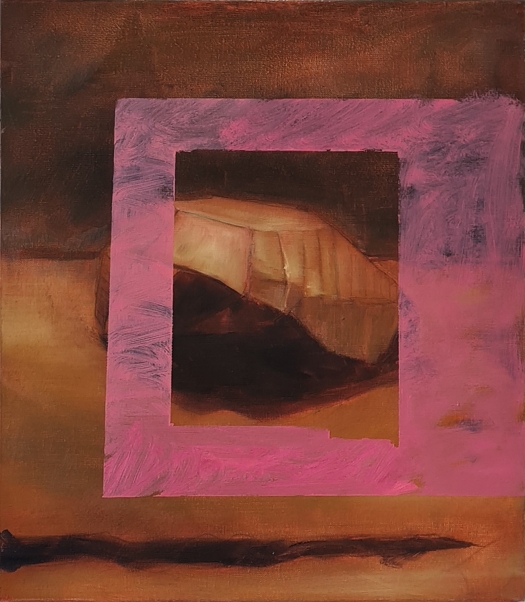
Object observation, oil on linen, 2016, 43×36.5cm
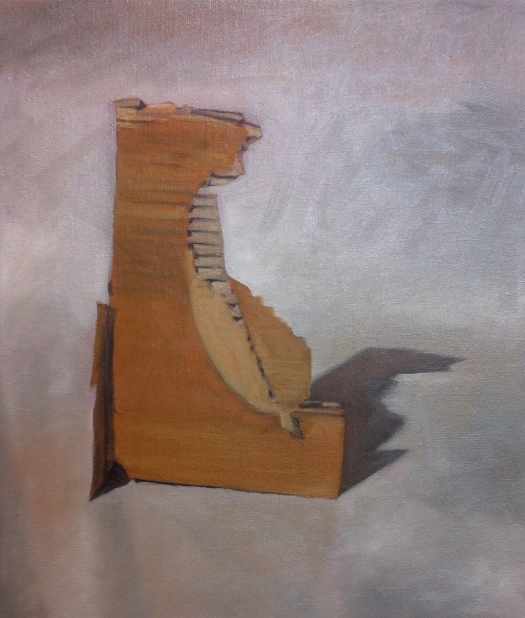
Object, oil on linen, 2014, 43×36.5cm
